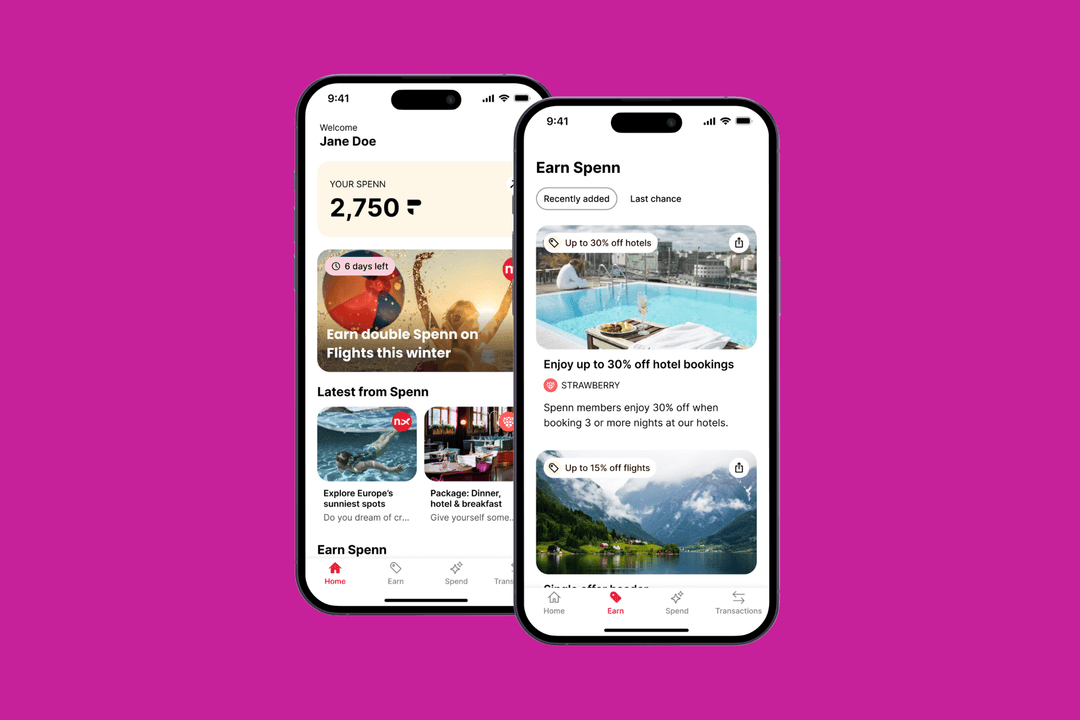Can apps be an antidote to the death of the third party cookie?
When Google first announced its plans to phase out third party Cookies in 2020, it was not an unexpected move given the increasing demands from consumers for greater privacy and transparency around how their data is being used.
Clearly the death of the cookie will have a big impact and much has been written about what needs to be done. But it also feels like an industry talking point which will rumble on in the background and could creep up on businesses and brands.
There are several reasons for this: There’s no single solution to the problem, as shown by this canvas of opinion from a variety of stakeholders by The Drum; the challenge forms part of a general shift toward better data management and ownership; there is no fixed deadline with the date moving back from 2022 to 2024; numerous alternatives ensure the demise of the cookie doesn’t mean the end of tracking.
This last point is important as tracking will continue, just differently. Google’s efforts are already focused on its more transparent alternative to the third party cookie, the Privacy Sandbox. And browsers other than Chrome, like Safari and Firefox have already binned them, so the world has already had some time to adjust.
Personalisation, your way
The reality is businesses have been thinking about this for a while and any data strategist worth their salt knows that personalisation is the way forward and should be front of mind, cookies or no cookies.
But the opportunity to personalise more has to be genuine. Consumers are bored of being tracked and served content based on what they’ve viewed. Viewing behaviour does not always mean buying behaviour. So where to focus?
First to the party, not third
The value of knowing how your customers behave is clearly nothing new and some of that visibility will be lost without third party Cookies.
But the extra layer of knowing who your customer is, which isn’t something anonymised Cookies could help with, is where the real value lies, which means it’s all about first party data.
Research from Boston Consulting Group suggests the effective use of first party data in marketing activations can create a revenue uplift three times higher than without.
That means creating a strategy which not only creates a proposition compelling enough to gather the data in the first place, but also deliver an engaging and useful experience to maintain that relationship. One can then feed the other. Can you see where this is going?
A brand-owned walled garden
As a leading mobile-first technology consultancy, of course an application which can simultaneously deliver on-brand utility, and reams of owned customer data is a smart move for any business.
But what does Google say?
“Our research shows that the ideal organisational model is a hybrid approach” says Google’s Shannon Trainor Stark. “Typically this is when a brand takes data ownership and develops key capabilities related to data analysis and activation internally, and works with a trusted partner to fill any expertise gaps.
“Determine where you have capability gaps and consider whether a new piece of technology is critical to meeting your business objectives. Keep in mind that adding new technology won’t help if you haven’t been able to connect your existing technology and data platforms.”
Essentially, own your data, support with new technology, build on existing systems, work with a partner to help.
This is just one part of an ever-evolving problem, but owning the experience of generating customer data has never been more important. Add in the halo effect of measurement and really understanding engagement and the app antidote becomes pretty compelling.
We’ve plenty of expertise if you’d like to find out more…
Share
